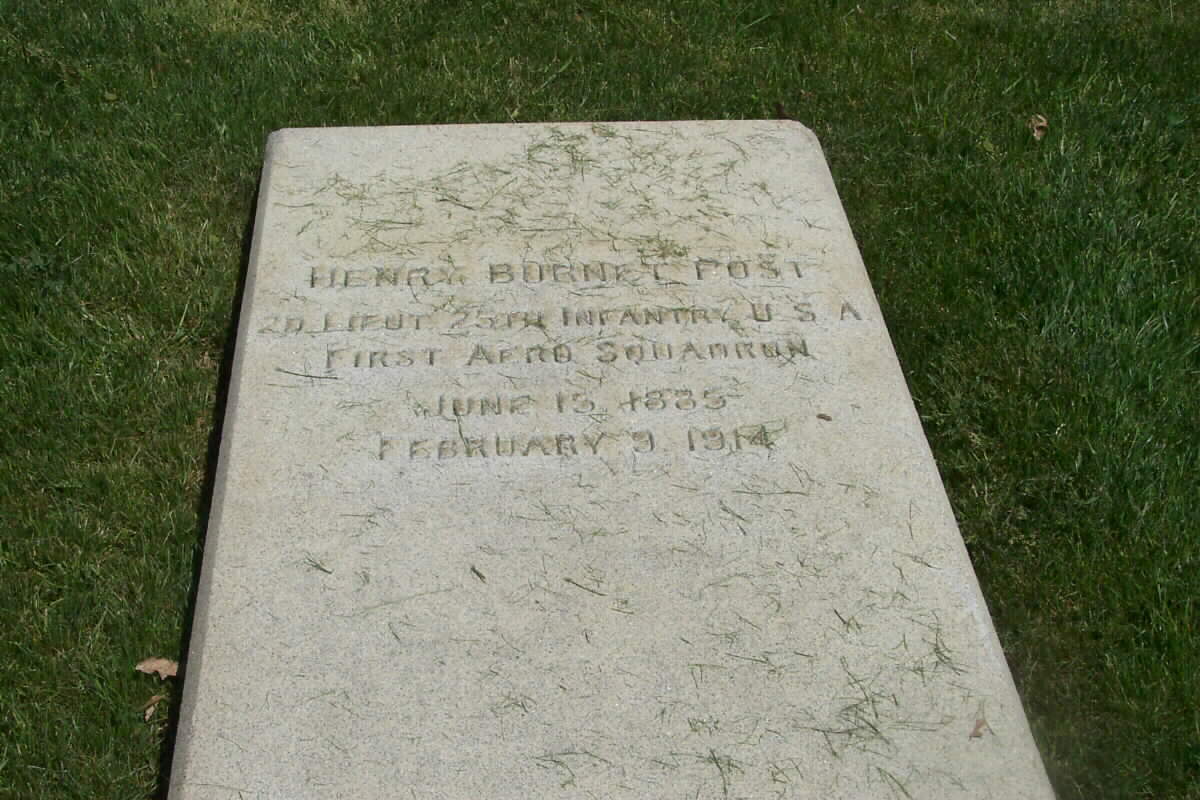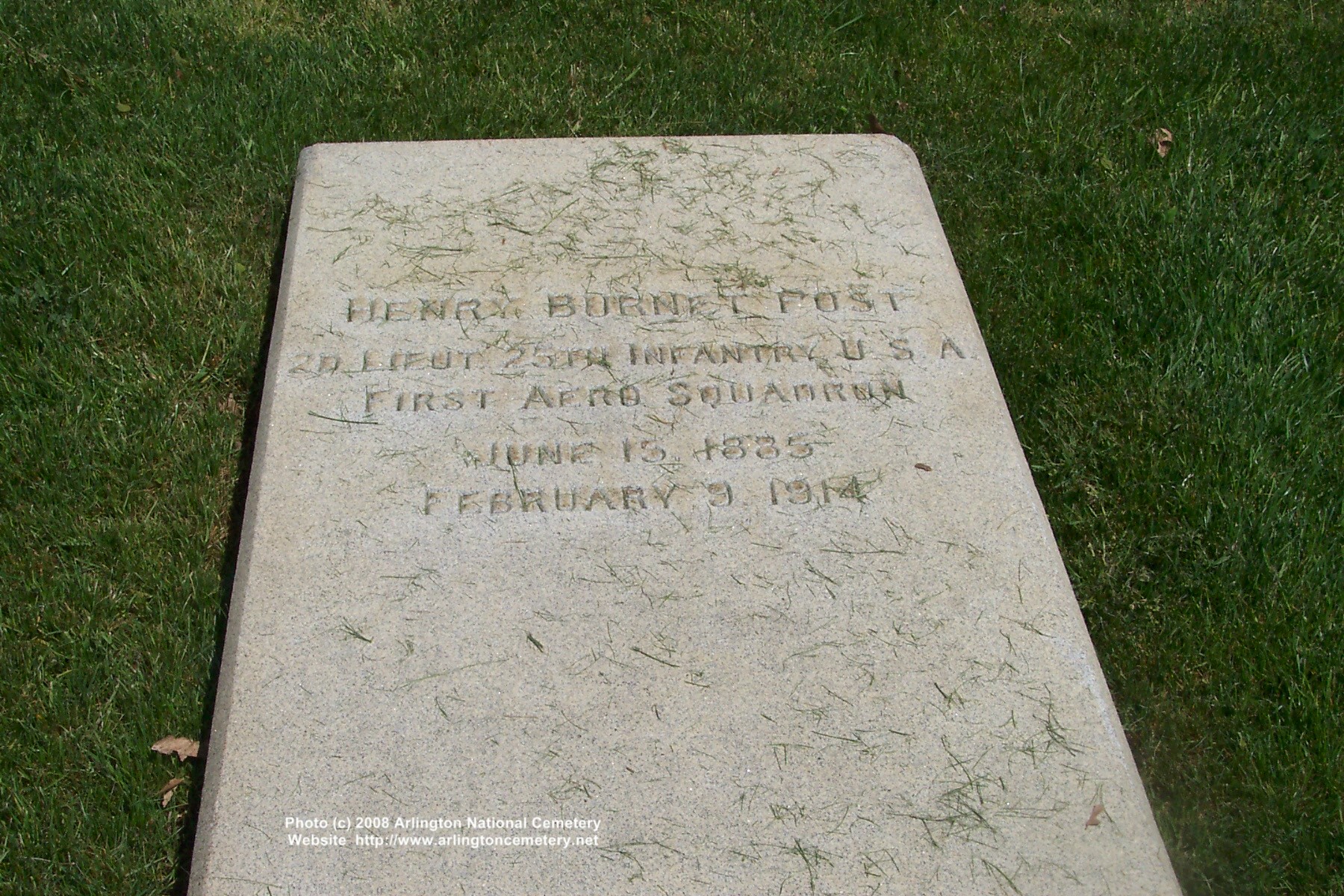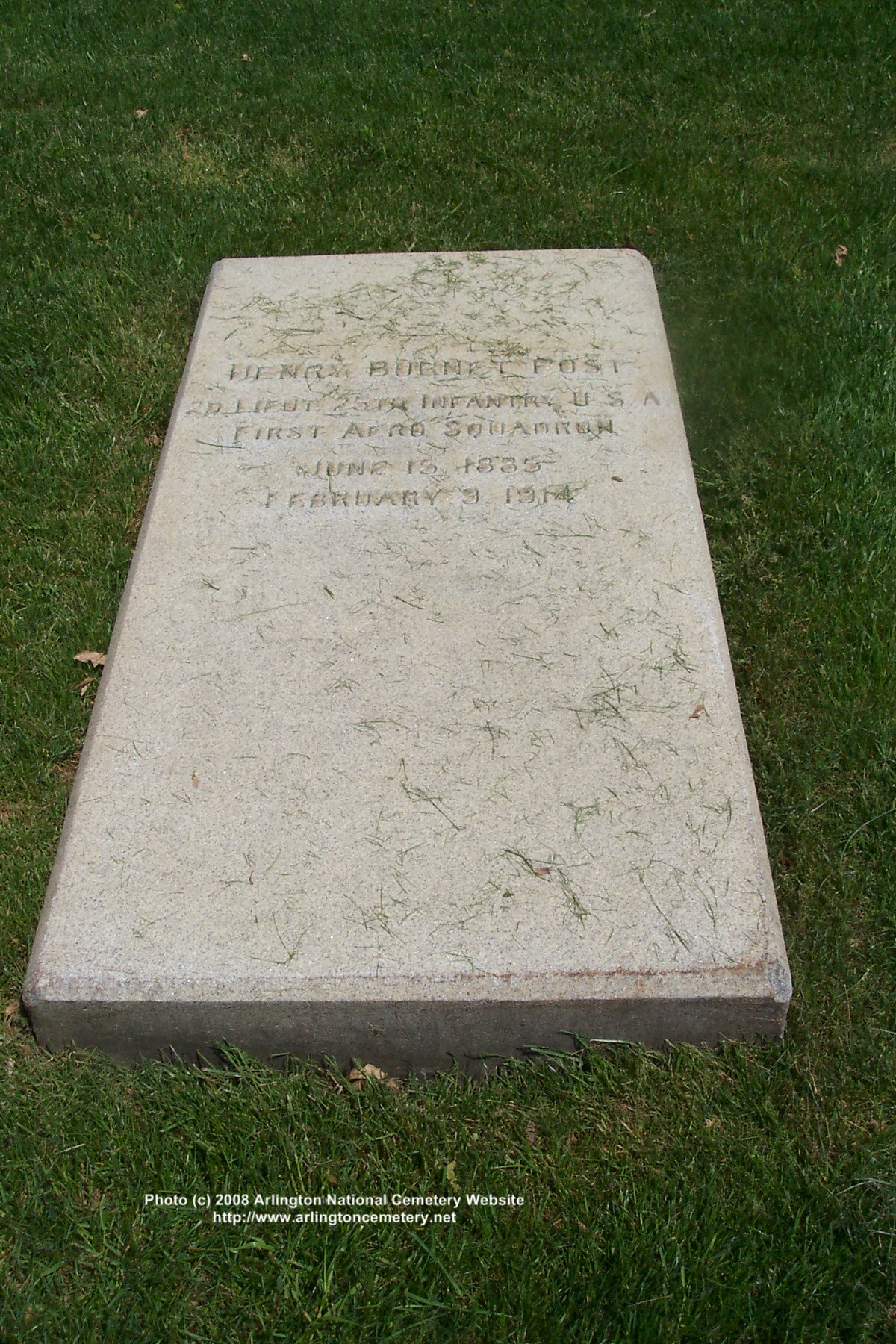ARMY FLIER KILLED AS MACHINE BREAKS
Lieutenant Post Plunges To Death In San Diego Bay
Beachley Blames The Government
SAN DIEGO, California – February 9, 1914 – Lieutenant Henry B. Post of the First Aero Corps, considered one of the most skillful United States Army aviators, plunged to his death in San Diego Bay today, when the right wing of his hydro-aeroplane crumpled. Lieutenant Post died after establishing an American altitude record of 12,120 feet. He fell 600 feet into shallow water and was dead when Francis Wildman, another aviator, reached the spot in a flying boat.
Lieutenant Post left the North Island hangars at 8:50 o’clock this morning after having declared his intention of breaking the American altitude record for hydro-aeroplanes. Within an hour he had attained a height of 12,120 feet, the barograph showing this figure when recovered from the wreckage.
A series of wide spirals was a feature of the descent, the machine appearing to be under perfect control. When within 600 feet of the water the plane was seen to collapse, then careen. The next instant the pilot was hurled from his seat and the machine dropped like a bullet. Post fell into five feet of water, the wrecked craft disappearing from sight a few feet away.
Captain Arthur S. Cowen, head of the First Corps, said the machine which Lieutenant Post was piloting was responsible for the accident.
“The man has the natural ability of a born flyer, and it had to take the breakage of his machine to cause his death.,” said Captain Cowen.
“The death of Lieutenant Post only substantiates the charge that I made against the policy of the United State Government last November,” said Lincoln Beachley, aviator, in a telegram received here tonight.
“At that time I blamed Congress for the deaths of the Army and Navy aviators. I do not believe Government aviation would be much better off if the $2,000,000 or $3,000,000 appropriation for the supposed betterment of the flying branch of the services were made. They simply would have a little more machines with which to kill off more officers.
“Within a week that old machine will probably be patched up with a few new wires and some cloth and another aviator will be sent out in it.”
Some time ago Beachley told Secretary Garrison that Army aviators were losing their lives because the equipment supplied to them was old.
Lieutenant Post was 28 years of age. He came here June 28, 1913 from Honolulu where he was attached to the Twenty-fifth Infantry, and became a a military aviator November 11. He is survived by his widow and his sister, who came here recently to visit him from their home in Babylon, New York, where his mother also resides. His brother, V. Z. Post, is a novelist. His father died two weeks ago.
The body will be sent to Washington for interment in the Arlington National Cemetery.
The death of Lieutenant Post was the fourteenth aviation fatality to occur in the United States Army and Navy service. Beside the fourteen officers killed, two civilian instructors, Al Welch and Paul Beck, lost their lives while experimenting with Army machines. The first officer killed was Lieutenant Thomas Selfridge on September 17, 1908. He was flying as a passenger with Orville Wright at Fort Myer. Lieutnant Selfridge was the first man to lose his life in an aeroplane accident.
The other officers who lost their lives were: Lieutenant G. E. M. Kelly, on May 10, 1911, at San Antonio; Lieutenant L. W. Hazelhurst, jr., on June 11, 1912, at College Point, Maryland; Lieutenant L. C. Rockwell and Corporal Frank Scott at College Point on September 28, 1912; Lieutenants Rex Chandler and Lewis H. Brereton at North Island on April 8, 1913; Lieutenant Joseph D. Park on May 9, 1913 at Los Angeles; Ensign William B. Billingsley on June 30, 1913 while flying over Chesapeake Bay; Lieutenant Loren H. Call on July 8, 1913 at Texas City; Lieutenant Moss L. Love on September 4, 1913 at San Diego; Lieutenant C. Perry Rich on November 14, 1913 when he fell into Manila Bay; and Lieutenant Kelly at San Diego on November 24, 1913.
A very early Army aviator, he was born on June 15, 1885 and was killed on February 9, 1914 while serving with the 25th Infantry and the First Aero Squadron.
He is buried in Section 3 of Arlington National Cemetery, near other early aviators and also near a number of American Astronauts.
Henry Burnet Post (June 15, 1885 – February 9, 1914) was a Lieutenant in the US Army and a pioneer aviator who was killed in a crash. He set the altitude record of 12,120 feet.
He served in the 25th Infantry and the First Aero Squadron. He died in San Diego, California in an air crash. He was buried in Section 3 of Arlington National Cemetery, near other early aviators and also near a number of American Astronauts. Post Field is the airfield for Fort Sill, Oklahoma and it is named for him.
NOTE: According to relatives, his wife Grace Phillips subsequently married Navy Captain Francis Cogswell, who died in 1939. She died in 1971 and is buried with the Captain in Arlington National Cemetery.
POST, HENRY B
- 2ND LT 25TH US INF
- VETERAN SERVICE DATES: Unknown
- DATE OF DEATH: 02/09/1914
- DATE OF INTERMENT: Unknown
- BURIED AT: SECTION 3 SITE 2423
ARLINGTON NATIONAL CEMETERY


Michael Robert Patterson was born in Arlington and is the son of a former officer of the US Army. So it was no wonder that sooner or later his interests drew him to American history and especially to American military history. Many of his articles can be found on renowned portals like the New York Times, Washingtonpost or Wikipedia.
Reviewed by: Michael Howard

